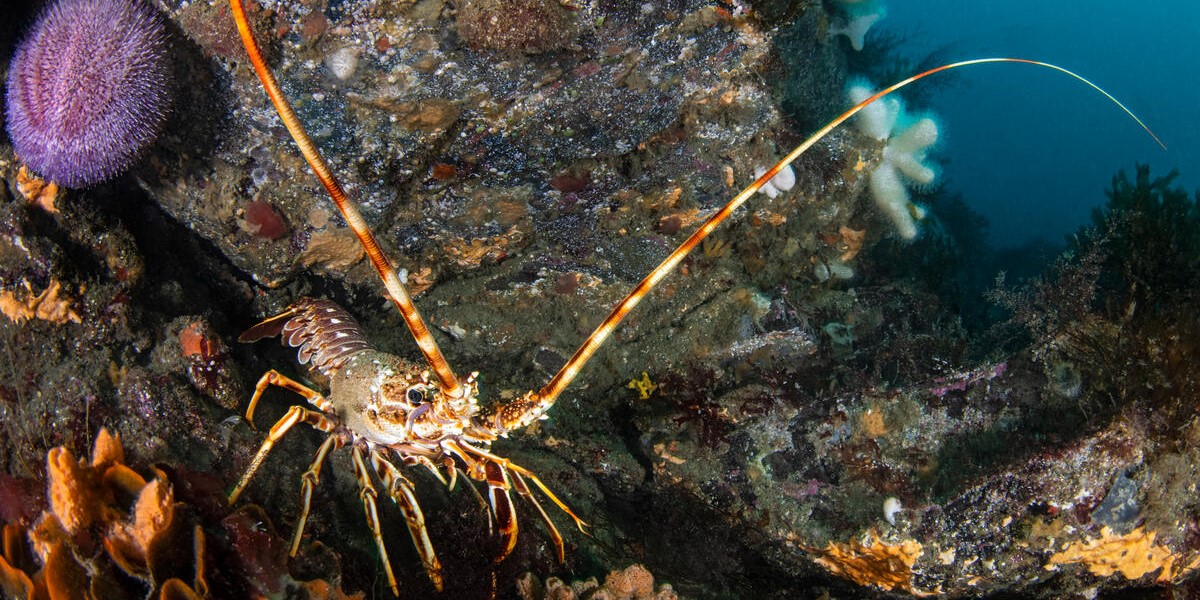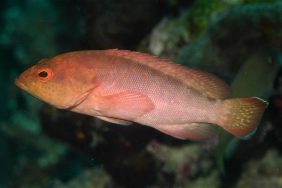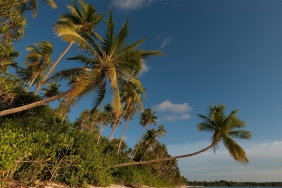SURVEY OF LOBSTER FISHING ON THE SOUTH COAST OF JAVA
By Windy Rizki
WWF-Indonesia conducted a lobster fishing survey on the south coast of Java in May, to complete the Lobster BMP being developed. Previous surveys of lobster fishing practices have been carried out in Kendari and Kolaka (Southeast Sulawesi) but with different fishing methods and equipment.
The survey of lobster fishing practices was conducted in Gunungkidul on the South Coast of Java, precisely at Gesing, Baron and Timang Beach. The South Coast of Java is contoured by cliffs and is famous for its lobsters. Tools to catch lobsters here vary from traps (locally called pelintur), nets, and krendet. Interestingly, it turns out that there are many ways to catch lobster using krendet: it can be thrown from the boat into the sea at spots that are believed to have many lobsters, thrown from the cliff directly, and there are even fishermen who have to cross between cliffs using a traditional cable car to install krendet on the opposite cliff.
Based on the results of this survey, it can be seen that each beach has its own type of lobster fishing gear. Fishermen at Gesing Beach focus on catching lobsters using traps or pelintur, at Baron Beach using nets and krendet by boat, and at Timang Beach fishermen use krendet by crossing using a traditional cable car. Each of these fishing gears also has its own advantages and disadvantages. According to fishermen, catching with krendet produces more lobsters than nets. This is because the krendet is placed in the holes between the rocks where the lobsters live, while the net is placed in the middle of the water. However, the krendet also has a greater risk of damage than the net because it is often caught on rocks. Therefore, of the three lobster fishing gear that is considered more environmentally friendly is the net because the risk of the net getting stuck on the reef is smaller than the pelintur and krendet which are often stuck on rocks and sometimes cannot be retrieved, causing litter in the sea.
The types of lobster that are targeted in Gunung Kidul are Green Sand Lobster, Batik Lobster, Rock Lobster, and Pearl Lobster which have the highest price compared to other types of lobster. The main issue in lobster catching is that there is no special trick to ensure that the legs and snout are not broken because the lobster is caught in the net. The thing that can be done to minimize it is that lobsters that have been caught in the net must be released slowly, if the legs are caught in the net, the net is cut from the legs or sungut, not pulled.
In addition to surveying the beaches, a visit was also made to the home of a local lobster collector who has been a collector for approximately 20 years. Lobster collectors in Gunung Kidul have their own lobster tanks in their homes complete with salinity meters and packaging equipment.
The price of lobster depends on the fishing season, when the season is good, the price of lobster is not too expensive (Rp.170,000-200,000/kg). However, if it is the lean season, the price of lobster will be more expensive (Rp.300,000-400,000/kg). The most expensive lobster price is during Chinese New Year because the demand is very high and the price can reach Rp.500,000/kg. In addition to the fishing season, the price of lobster also depends on the completeness of the legs and will fall if there are 3 broken legs. The follow-up that will be carried out after this survey is the preparation of lobster BMPs which are expected to help fishermen and become a reference in carrying out better lobster fishing practices so as to preserve fisheries resources and ensure the livelihoods and welfare of fishermen.





